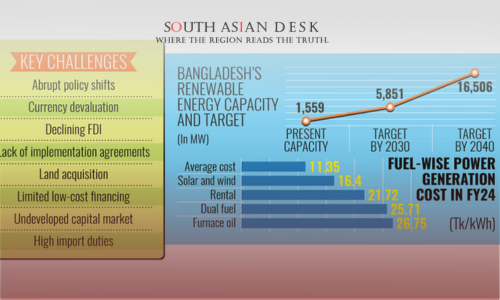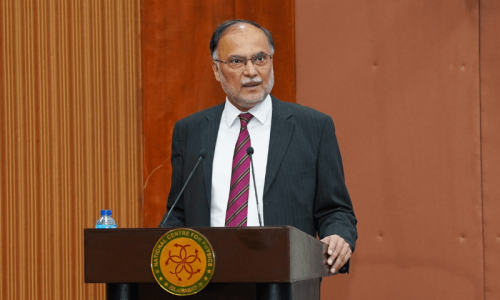Bangladesh faces a steep financial challenge to meet its 2030 green energy targets, requiring an estimated $1 billion annually to transition to renewable energy sources. The push for cleaner energy is driven by the need to reduce reliance on fossil fuels and address rising greenhouse gas emissions, with the nation aiming for 40% of its electricity to come from renewables by 2041. Solar and wind projects are central to this plan, but the high costs of infrastructure, grid upgrades, and technology adoption pose significant hurdles.
Recent discussions on X highlight mixed sentiments. Some users emphasize the economic strain of funding large-scale renewable projects, noting that loans and private investments, like those seen in regional solar initiatives, often come with long-term financial commitments. Others argue that investing in green energy now could yield economic benefits, such as job creation in the renewable sector, with global examples like offshore wind in the Philippines projecting thousands of jobs by 2030.
The government is exploring international partnerships and climate finance to bridge the funding gap. For instance, multilateral development banks globally have pledged significant climate finance for developing nations, targeting $120 billion by 2030. However, securing these funds and balancing them with domestic priorities remains complex. Scaling up solar parks and wind farms demands not only capital but also policy support and technical expertise to ensure sustainable growth.
Achieving these green energy goals is vital for Bangladesh’s environmental and economic future, but the $1 billion yearly price tag underscores the need for strategic planning and global cooperation.
Published in SouthAsianDesk, June 26th, 2025
Follow SouthAsianDesk on X, Instagram and Facebook for insights on business and current affairs from across South Asia.




![Collage of COAS Field Marshal Munir [L] and US President Donald Trump. — ISPR/AFP](https://southasiandesk.com/wp-content/uploads/2025/06/18090415659519a-2.jpg)